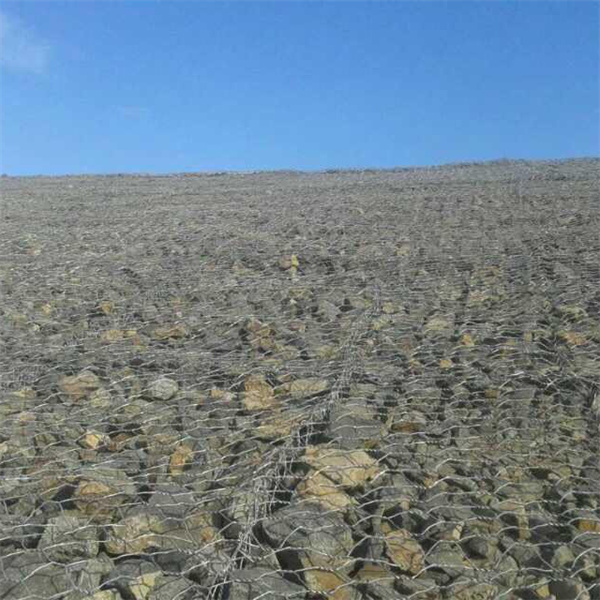Aug . 12, 2024 18:52 Back to list
Innovative Applications of Maccaferri Gabions in Sustainable Civil Engineering Projects
The Versatility and Sustainability of Maccaferri Gabions
Maccaferri Gabions are versatile and eco-friendly solutions used in various civil engineering and landscaping applications. Constructed from welded wire mesh or hexagonal woven wire mesh, these structures are filled with rocks or other materials, making them both functional and aesthetically pleasing. Their application ranges from erosion control to slope stabilization and architectural enhancement, making them an essential element in modern engineering practices.
One of the primary uses of Maccaferri Gabions is in managing soil erosion. In regions susceptible to water runoff or heavy rainfall, uncontrolled erosion can lead to significant landscape degradation and damage to infrastructure. Gabions are typically deployed along riverbanks, hillsides, and other vulnerable areas to provide a sturdy barrier that absorbs and dissipates the energy of moving water. The porous nature of gabions allows vegetation to grow through them, enhancing their stability and integrating them into the natural environment.
The Versatility and Sustainability of Maccaferri Gabions
From an architectural perspective, Maccaferri Gabions present a unique opportunity for aesthetic enhancement. They can be designed into retaining walls, garden features, or decorative facades, adding a rustic charm to urban landscapes. The use of locally sourced stones in gabions not only reduces the carbon footprint associated with transportation but also allows for creating visually appealing structures that harmonize with the surrounding environment.
maccaferri gabion

Sustainability is a crucial aspect of Maccaferri Gabions. Their eco-friendly nature comes from several factors. First, they are made from natural materials—rocks and wire mesh—reducing reliance on concrete and other environmentally damaging materials. This contributes to lower carbon emissions throughout their lifecycle. Additionally, gabions promote biodiversity by allowing vegetation to grow, which, in turn, supports wildlife. By enhancing natural habitats, gabions can aid in restoring ecosystems that may have been disturbed by human activities.
Furthermore, the installation of Maccaferri Gabions is a relatively straightforward process, requiring minimal machinery and labor compared to traditional construction methods. This ease of installation not only reduces project costs but also limits the environmental impact associated with construction. Once they are in place, gabions require little to no maintenance, contributing to their long-term sustainability.
Finally, Maccaferri Gabions are incredibly durable. The materials used in their construction are resistant to corrosion and degradation, meaning they can withstand harsh environmental conditions for many years. This durability translates to cost savings in the long run, as they do not need frequent replacement or repair.
In conclusion, Maccaferri Gabions serve multiple purposes, combining functionality, sustainability, and aesthetic appeal. Their applications in erosion control, slope stabilization, and architectural design highlight their versatility as a solution in civil engineering. As the world moves towards more sustainable practices, the use of gabions represents a step in the right direction, showcasing how innovative engineering can harmonize with nature to create lasting, effective solutions.
-
hesco-gabion-baskets-for-coastal-erosion-prevention
NewsAug.22,2025
-
longevity-and-durability-of-river-rock-gabion-walls
NewsAug.22,2025
-
how-to-integrate-gabion-3d-walls-in-urban-planning
NewsAug.22,2025
-
reno-mattress-gabion-applications-in-civil-engineering
NewsAug.22,2025
-
how-to-install-wire-mesh-for-gabion-baskets-properly
NewsAug.22,2025
-
best-materials-for-filling-a-chain-link-gabion
NewsAug.22,2025
-
Wire Mesh Thickness Impact on Gabion Wall Load Bearing
NewsAug.12,2025






